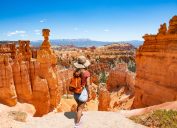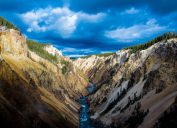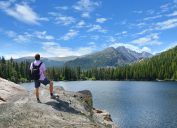These Popular U.S. National Parks Are Closing Areas to Visitors, Effective Immediately
Officials say certain spaces within the sites will be off-limits for now.

Getting to visit any of the national parks is a top priority on many travelers' lists. The system offers all kinds of different experiences, ranging from small and accessible to rugged and remote. But as with all things in nature, the very forces that make each site so alluring can also create problems for people looking to enjoy them. Now, officials have announced that some popular national parks are closing certain areas to visitors. Read on to see which sites are limiting access for now.
READ THIS NEXT: U.S. National Parks Are Getting Rid of This for Visitors, Starting Now.
It's not uncommon for national parks to temporarily close off certain spaces.
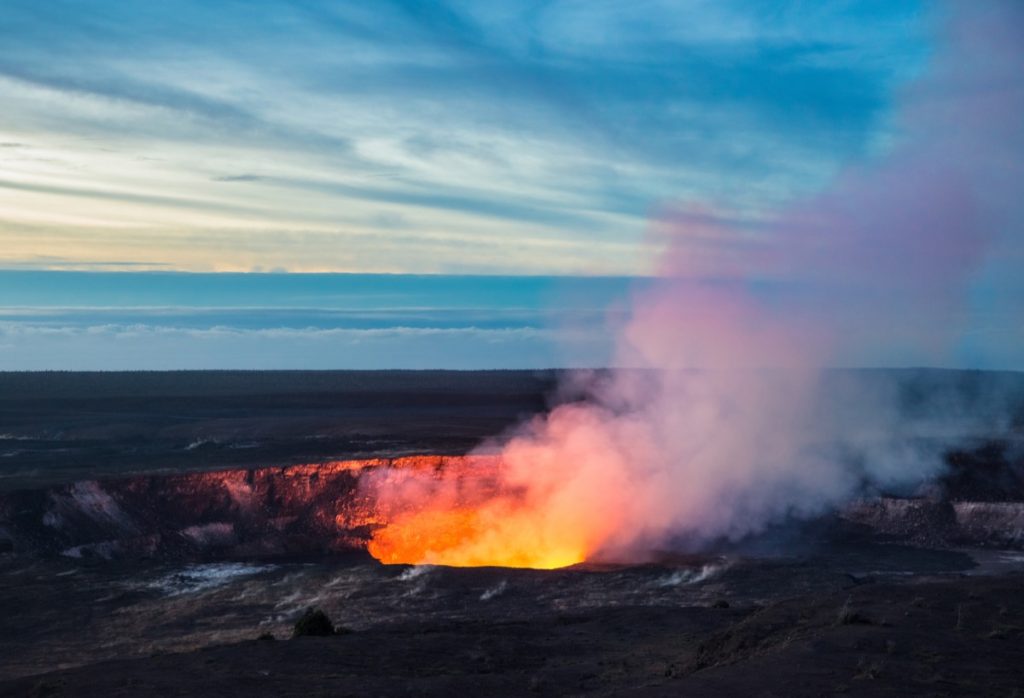
The forces of nature that are on display in many natural parks never rest—and can even affect how you experience them. There are even plenty of examples from just the past few months of hugely popular sites having to limit access to guests due to safety reasons.
One of the most notable instances involves Yellowstone National Park, which experienced catastrophic flooding on June 14. A combination of heavy rainfall and snowmelt created a record-high 11.5-foot surge that destroyed swaths of the park's major roadways and infrastructure, the Bozeman Daily Chronicle reported. After evacuating 10,000 visitors, officials closed the park for a week before reopening many of the site's southern roads. It took until Oct. 15 for the sites Northeast Entrance Road could reopen, bringing 99 percent of the park's roadways back into service.
And on Oct. 5, officials at Hawai'i Volcanoes National Park announced that it would close the Mauna Loa summit backcountry until further notice "due to elevated seismic activity" there. Weeks later, on Oct. 30, the U.S. Geological Survey (USGS) reported that the largest active volcano in the world "continues to be in a state of heightened unrest." The agency said that earthquakes recorded below its summit had jumped from 10 to 20 each day in mid-September to 40 to 50 daily but clarified that "there are no signs of an imminent eruption at this time."
Now, natural events are again affecting daily operations at some sites.
Hawai'i Volcanoes National Park is now limiting guests from visiting other certain areas.

While Hawai'i Volcanoes National Park is already keeping visitors at a safe distance from its namesake attraction, an entirely different force of nature is temporarily shuttering another part of the site. On Nov. 8, National Park Service (NPS) officials announced that it would be closing down the Uēkahuna overlook, restrooms, and parking lot beginning in the afternoon the following day.
According to the park's public alert, areas west of the intersection with Kīlauea Overlook will be off-limits for the time being. Visitors can still access the Kīlauea Overlook itself but will see a sign for the closure about a third of a mile along Crater Rim Trail. The NPS also points out that any cars that are longer than 25 feet will not be allowed to go any further west along Crater Rim Drive beyond the Kilauea Military Camp.
RELATED: For more up-to-date information, sign up for our daily newsletter.
The park is closing the areas to help protect one of its most vulnerable inhabitants.
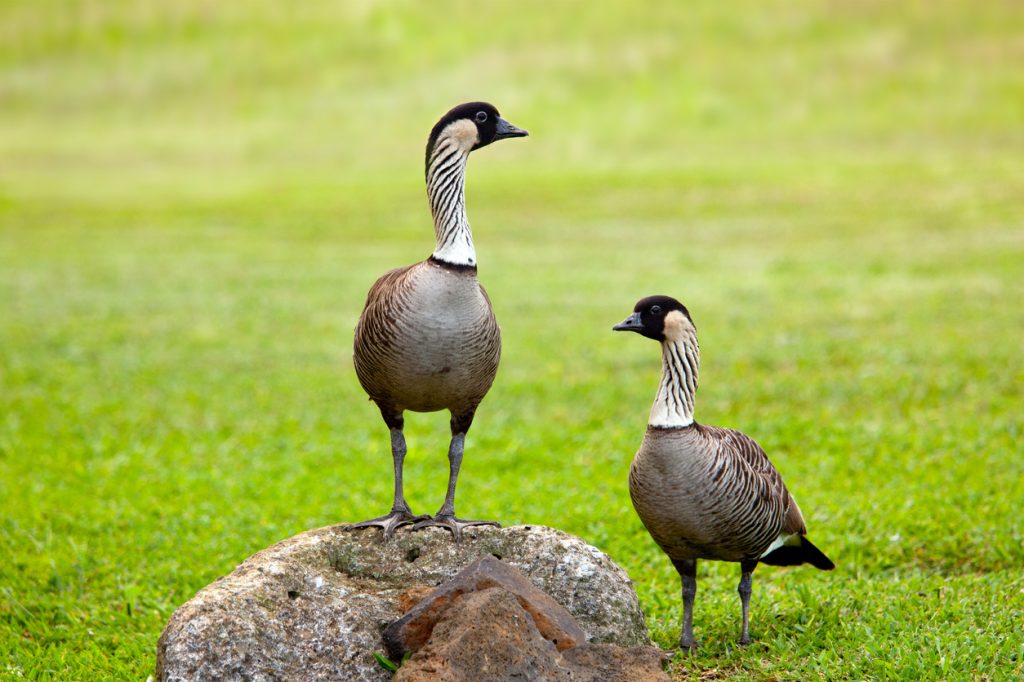
But this partial closure doesn't have anything to do with seismic activity. Instead, officials say they're limiting access to the area to help protect highly endangered Hawaiian geese known as nēnē that are breeding and nesting there.
"In 1952, only 30 nēnē remained statewide," the NPS wrote in its alert. "Hawai'i Volcanoes National Park began efforts to recover the imperiled geese in the 1970s. The Nēnē Recovery Program continues today, and close to 200 birds thrive in the park from sea level to around 8,000 feet."
Officials are asking all park visitors to give the precious birds their space by staying at least four car lengths away from them. They also urge not to feed the geese, as "handouts make nēnē seek out people and cars, putting them in great danger." Anyone driving in the park should also stay alert for the birds on any roads, be sure to stick to the speed limit, and be particularly cautious at all nēnē crossing signs throughout the site.
Another popular national park in Hawaii is limiting visitor access to certain areas.

Hawai'i Volcanoes National Park isn't the only site in the state that's limiting access to guests. Officials also announced that Kaloko-Honokōhau National Historical Park in Kona will be closing off areas to visitors on Nov. 10 and again on Dec. 2 so that helicopters can remove "invasive, non-native" vegetation, local news website Big Island Now reports.
Officials say that on those dates, the park's main trail from Hale Ho'okipa to the Honokōhau shoreline and the Hale Hoʻokipa Visitor Contact Station and parking lot will be closed from 6 a.m. to 11 a.m. The temporary closures are to ensure public safety while the rangers go about their work. Anyone who plans to visit the park and has questions can contact the visitor center by phone before arrival.
